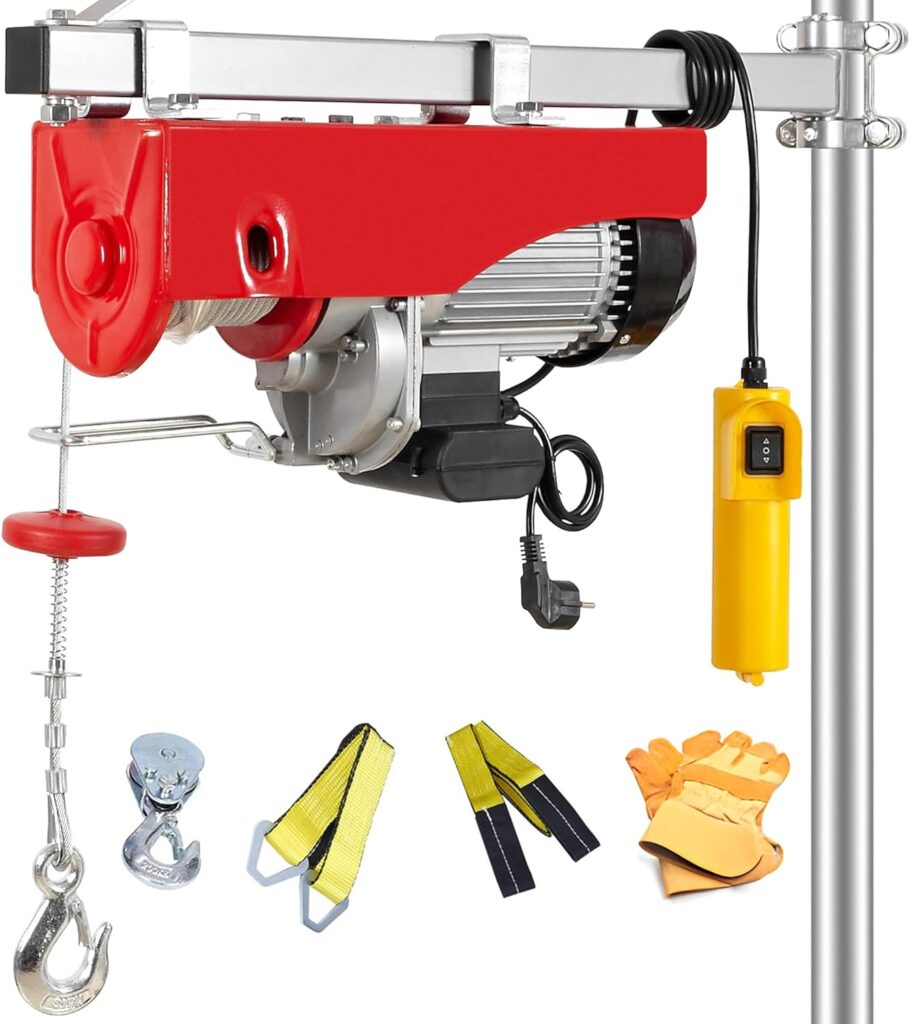When considering the installation of an indoor electric hoist, several crucial factors come into play to ensure safety, efficiency, and optimal performance. From selecting the right hoist system to ensuring proper installation and maintenance, each aspect demands careful attention to detail. Let us delve into the top considerations for indoor electric hoist installation. First, choosing the appropriate type and capacity of the electric hoist is paramount. Assess the weight and dimensions of the loads to be lifted regularly to determine the necessary lifting capacity. Overloading a hoist can lead to equipment failure and safety hazards. Additionally, consider the frequency of use and the environment in which the hoist will operate. For indoor applications, factors such as ceiling height, available power supply, and structural support must be taken into account. Next, evaluate the structural integrity of the installation site. Ensure that the building’s framework can support the weight of the hoist and the loads it will lift. Consult with a structural engineer if necessary to verify load-bearing capacities and identify any modifications required to reinforce the overhead support structure.

Another critical consideration is compliance with safety regulations and industry standards. Electric hoists must meet specific safety standards to ensure reliable operation and minimize the risk of accidents. Ensure that the hoist system complies with relevant regulatory requirements, such as those set forth by organizations like OSHA Occupational Safety and Health Administration or ANSI American National Standards Institute. Additionally, consider any local building codes or regulations that may apply to hoist installations. Proper installation is key to the safe and efficient operation of a polipasto electrico. Engage experienced professionals or certified technicians to perform the installation according to manufacturer specifications and industry best practices. Improper installation can compromise the integrity of the hoist system and pose safety risks to personnel and property. Additionally, consider the layout and configuration of the workspace when planning the hoist installation. Position the hoist to maximize efficiency and accessibility while minimizing obstructions and potential hazards. Ensure adequate clearance around the hoist’s path of travel to prevent collisions with obstacles or other equipment.
Furthermore, prioritize regular maintenance and inspections to ensure the ongoing performance and safety of the electric hoist. Develop a maintenance schedule that includes routine inspections, lubrication of moving parts, and proactive repairs as needed. Promptly address any signs of wear, damage, or malfunction to prevent equipment downtime and mitigate safety risks. Lastly, provide comprehensive training for personnel who will operate the electric hoist. Ensure that operators understand proper operating procedures, safety protocols, and emergency response measures. Training should cover topics such as load capacity limits, sling and rigging techniques, and hazard awareness. In conclusion, the installation of an indoor electric hoist requires careful consideration of various factors to ensure safe, efficient, and reliable operation. By selecting the right hoist system, evaluating structural requirements, complying with safety regulations, ensuring proper installation and maintenance, and providing thorough operator training, organizations can maximize the benefits of electric hoist technology while minimizing risks and liabilities.